(a) Field of the Invention
The present invention relates to a food processing machine applicable to a slurry raw material, and more particularly to a counter-rotating twin screw extruder structure with two oppositely and alternately disposed screw blades.
(b) Description of the Prior Art
In food industry, paste-like material, such as pet food, feeds or human foods, is utilized the co-rotating twin screw extruder which can effectively heat the starch in the material, appropriately mix, and then extrude the material to form the finished products.
Referring to FIG. 1, the co-rotating twin screw extruder comprise with two symmetrical screws driven by motor either directly or indirectly in the barrel casing. The two screws can rotate synchronously in the same direction, either clockwise or counterclockwise. The screw surface set with alternating screw flight. As shown in the drawing, when the co-rotating twin-screw extruder operates, the two screws 1 are all set in clockwise rotation so that material 2 and the helical blades of the screws 1 can rub each other to generate thermal energy through mechanical friction, which continuously heats the mixed material 2 and thus enhance the material cooking by the setting. This kind of co-rotating twin-screw have been widely used in the food industry and in feed manufacturing.
However, the co-rotating twin screw extruder device has several drawbacks in the operation:
(1) Since in the design of the screws 1 of the co-rotating twin screw extruder, the two forwardly and alternately disposed screw blades convey the raw material 2 to be agitated and extruded and the heating source is the friction between the raw material 2 and the screws 1, the production of the mechanical frictional thermal energy cannot be controlled, and extra thermal energy may be produced by unnecessary mechanical friction, whereby this kind of device may not be suitable for materials that do not need heating or cannot be heated.
(2) Due to the reason set above, the conventional co-rotating twin screw extruder cannot precisely set the mechanical friction induced thermal energy inside a desired working zone and may lead to deficiencies of undesired wearing of the helical blades and increase of load of the motor (increased power consumption).
(3) The conventional co-rotating twin screw extruder employs a gear box to raise the torque induced in the rotation thereof and the gear box requires a large number of gears to ensure shafts to rotate in the same direction, so that the gear assembly is complicated and additional cost of design is needed, and the great number of gears arranged inside the gear box comparatively increases the amount of thermal energy generated, whereby extension of lifespan must be realized through an additional external cooling system, which causes additional consumption of electrical power and also increases the cost of potential maintenance.
Thus, the above discussed drawbacks of the conventional co-rotating twin screw extruder cause certain troubles to the manufacturers so that such drawbacks must be overcome.

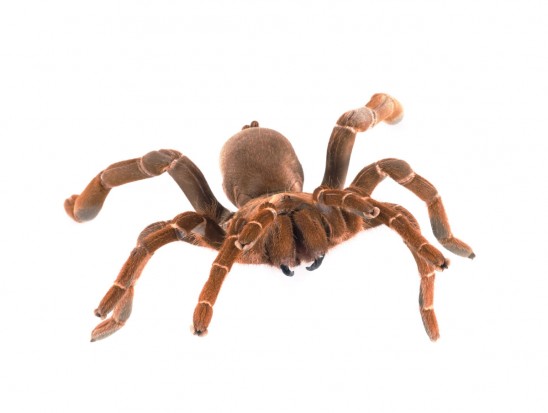 The King Baboon Tarantula - A Suitable Pet?
The King Baboon T
The King Baboon Tarantula - A Suitable Pet?
The King Baboon T
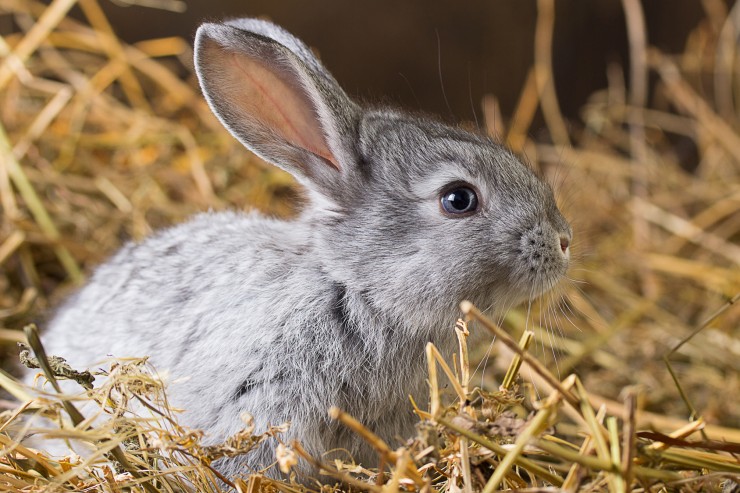 How To Feed Your Rabbit A Natural Diet
How To Feed Your
How To Feed Your Rabbit A Natural Diet
How To Feed Your
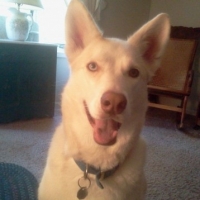 Why I Make Dog Food
He was the skinniest puppy I had ever seen. The shelter
Why I Make Dog Food
He was the skinniest puppy I had ever seen. The shelter
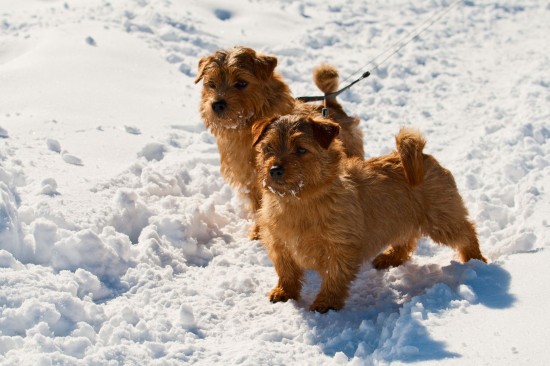 Norfolk Terrier Hereditary Health And Longevity
Norfolk Terrier H
Norfolk Terrier Hereditary Health And Longevity
Norfolk Terrier H
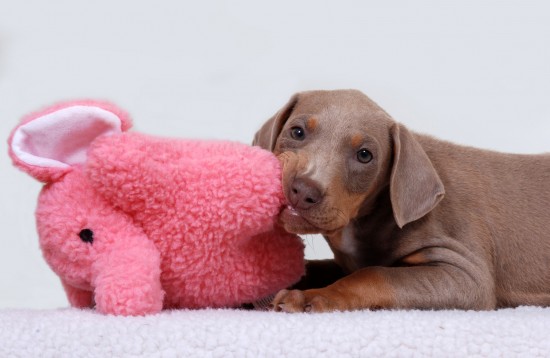 Tips On Coping With Puppy Teething Problems
Tips On Coping Wi
Tips On Coping With Puppy Teething Problems
Tips On Coping Wi